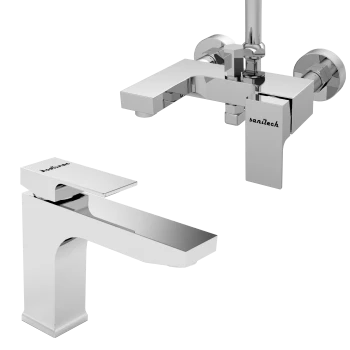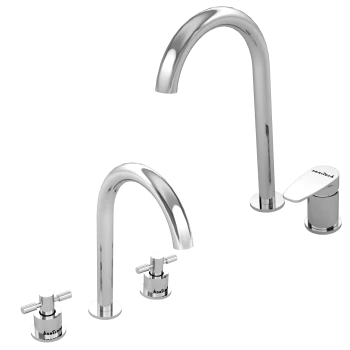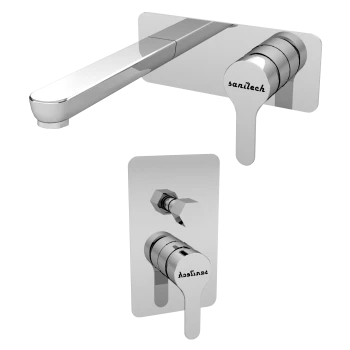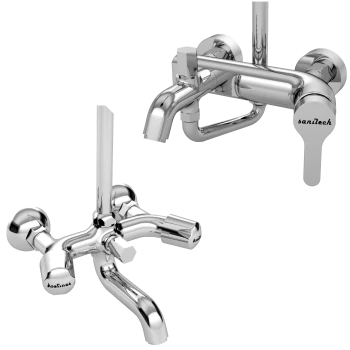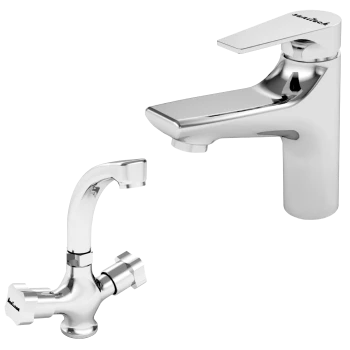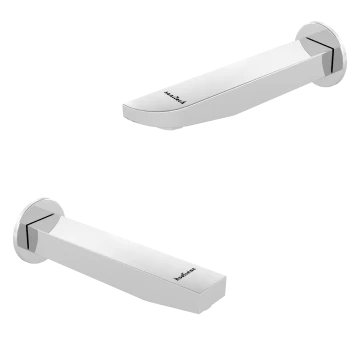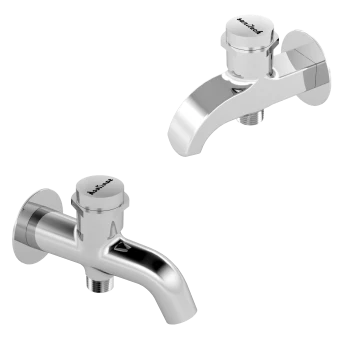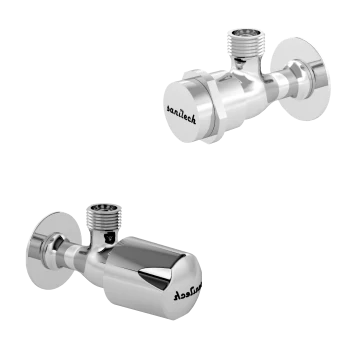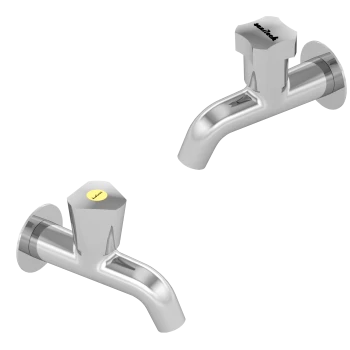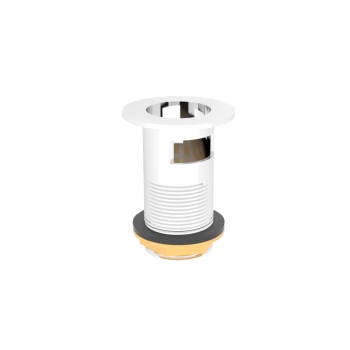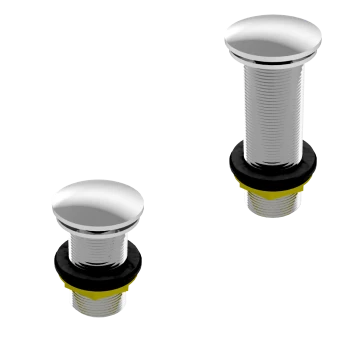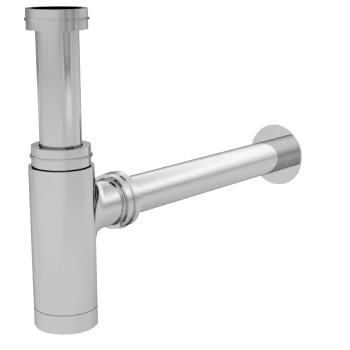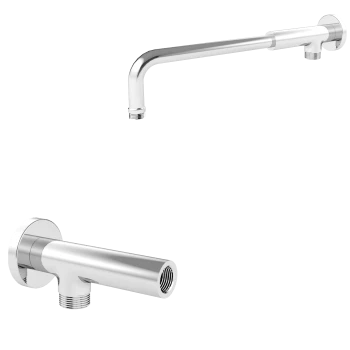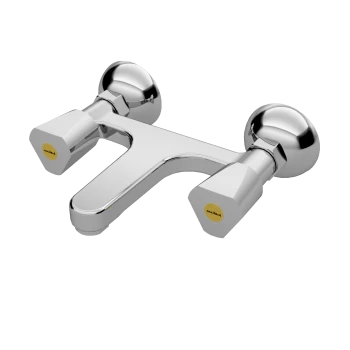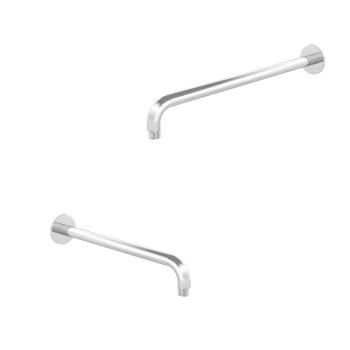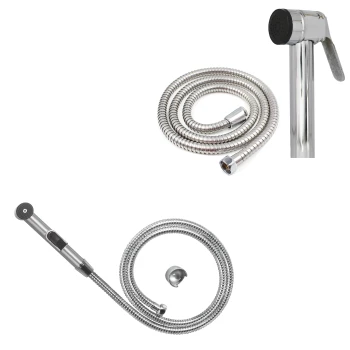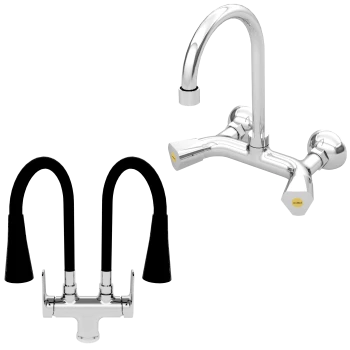Kitchen
Products FAQs
Q. What material is used in these sanitary fittings?
SaniTecH uses brass as the base material for all its products because these products are used in bathrooms and kitchens. Since brass does not rust and is safe for health, it is a preferred choice for these environments.
Q. Are these products pressure-tested?
Yes, these products are pressure tested. Given that the frequency of usage requires them to be tested, this process ensures their durability and reliability.
Q. Are these fittings resistant to corrosion?
Brass is generally resistant to corrosion, however, it can corrode over time if exposed to harsh chemicals or high humidity. To enhance its life, these fittings are coated. As a result, they become an ideal choice for bathrooms and kitchens.
Q. Why do sanitary products break?
There are two possible reasons:
A – Brass is used as base metal, but its thickness is reduced to a point where it can’t resist the pressure or force acted upon it.
B – Pewter or steel is used along with brass. Some parts are of brass while some parts are of other metals. This causes operational issues with fittings. As a result, they either break after a short period of time or becomes rusty.
SaniTech Sanitary Fittings uses brass of proper thickness for all its products and doesn’t use either pewter or steel.
Q. Can brass fittings be repaired if they break?
It depends on whether the seals or replaceable parts like cartridges are damaged or the fitting itself is cracked or damaged. In the former case, the fittings can be repaired while in the latter case, it is often best to replace the fittings.
Q. What should I do if I notice a leak in fittings?
It is best practice to turn off the water supply to the leaked fittings. Water dripping can cause damage to tiles and marble in bathrooms and kitchens. Afterwards, repair it or replace it.
Q. What should I do if a brass fitting is stuck or difficult to remove?
If a brass fitting is stuck, try using a pipe wrench or adjustable pliers to apply steady, gentle pressure. Applying penetrating oil can also help loosen the fitting. Be careful not to use too much force to avoid damaging the fitting or the nearby pipes.


